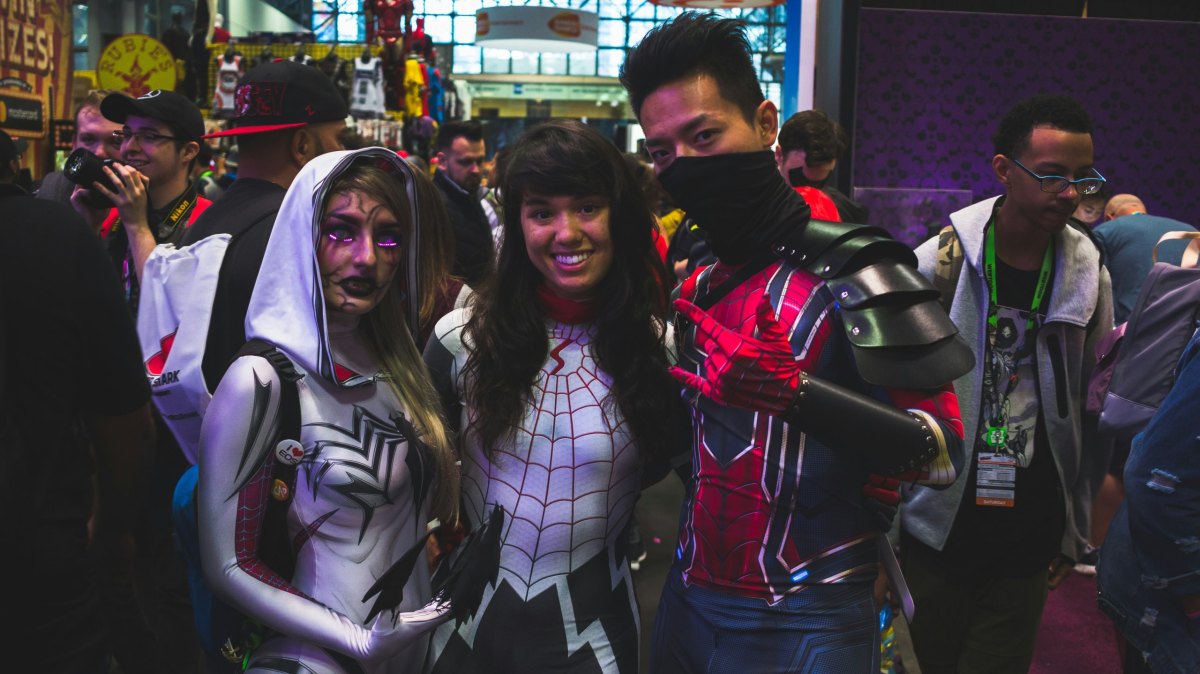As strategists, creatives and people working in media and advertising, we’re naturally drawn to the edges – where interesting things happen. Our own knowledge of the media landscape makes us seek out the unusual, the weird or the new — but recent research we’ve undertaken at BAMM has shown that the mainstream, is very much still the mainstream.
In 2023, we designed and executed a global study, Happiness Factories: How brands can navigate today’s fan communities, to further understand the world of fandoms and help our clients engage constructively and positively in fan spaces, without detracting from the fan experience. Our approach was designed to cover the space from all angles including; culture scraping, online conversation analysis, expert interviews, ethnography (both in-depth interviews with individuals and groups) and a quantitative survey that covered the US and UK.
Fandom in digital spaces
Our research revealed an incredibly rich space, where people are able to follow their passions and interests without fear of judgment, feel a real sense of belonging and create meaning and joy. The first of many unexpected findings on this journey. We went in thinking that fandom it is a relatively new phenomenon. We were quickly proven wrong — one of the first ever fan conventions was held in 1936 (a science fiction gathering called Philcon).
And while fan behaviour as we know it is almost 100 years old, this kind of behaviour is really quite universal when you think about it. As a species, across cultures, we tend to gather together to share our enjoyment of the things we love. That could be meeting at Stonehenge thousands of years ago (or at the summer solstice this year), making a pilgrimage to your favourite football team’s home ground or gathering in dedicated online spaces to discuss your passions. It’s all the same.
Here is where our in-built assumptions about media and where things happen come into play. Prior to undertaking the research, I would have naturally thought that most fan conversations would take place on platforms focused on forums or interest-led communities. I truly would have bet my bottom dollar that most fandom conversations are taking place on Reddit, Discord or other similar spaces, because that’s what my strategist sense told me. The fact is, they’re actually taking place in the most mainstream of online spaces. The top three online spaces where fan communities interact with each other are Facebook, Instagram and YouTube.
My in-built instinct to find the edges and seek the niches worked against me. While those edge cases may still reveal the magic when it comes to strategy, we must never forget the middle. That’s where most people are!
I feel this disregard of the mainstream is not just driven by our need as strategists, creatives and media folk to find the edges, but also because we become jaded with our industry. As much as I’ve loved media and branding since I was a kid, once I learned how the sausage was made a lot of the magic disappeared for me. And because of that it’s so easy to keep seeking the same excitement and seeking things that are more ‘out there’. It’s so easy to forget that just because something may feel passé to us it doesn’t mean that it’s not everything someone else is looking for.
This was one of the main takeouts for me from our research — a much-needed reminder as a strategist to remember not to put myself or my own views first. We all have biases and personal bubbles, but we really do our best work for brands (and people!) when we step outside our own frames of reference. Most people aren’t paid a salary to spend 8 hours a day thinking about brands and media. It’s only us who do that.
Of course, that’s not to say that there are a number of brands making great use of these mainstream fan spaces. Innocent Drinks in the UK is a perfect example. As a trusted smoothie and fruit juice brand that began with a real purpose, they’ve extended this into the way they engage and interact with fans on their Facebook page.
What they get particularly right is stepping back a little and allowing user-generated content to come to the fore — a natural way to encourage more people to get involved. Contrast this with their TikTok account though, which naturally leans into more ‘weird’ / Gen-Z focused ways of communicating and you can see that their brand team has really done their homework. They know what fan language to speak in each space!
So, where does that leave us then? What can we do to ensure we don’t rely on our own frames of reference too much? Here are three questions we like to use to keep ourselves honest:
- Would my mum / aunt / cousin do this?
- How would someone earning a median salary / living in a non-capital city feel about this?
- Why are we excited about this?
Our fandom report taught us many things — from fan culture to connection, to how brands can engage in more meaningful conversations with people. But most importantly, it was a great reminder to never forget about the mainstream. That’s where all the people are!
Featured image: Kashawn Hernandez / Unsplash

